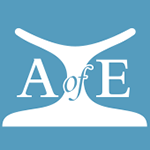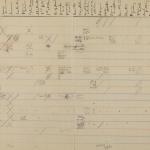Faenza
The Museo Internazionale delle Ceramiche (International Museum of Ceramics) was founded in 1908 by Gaetano Ballardini, who intended the institution to be a cross-cultural collection of both ancient and modern ceramics, fittingly located in a city which was famed for the production of majolica. After the First World War, the museum expanded their holdings in Renaissance Majolica, Prehistoric Ceramics, the Classical World and the Middle East. The archival documents concerning what was sent are vague, but material was sought after the War, presumably to enhance the expanding collection. From the BSAE’s 1920–21 excavation season at Lahun, the institution is marked for receiving ‘blue containers’. The blue containers are potentially faience, an appropriate gift to a city who shared its name with the ancient material (although Egyptian faience was not the result of pottery coated with a tin glaze; Egyptian material is a non-ceramic frit). A list in the Petrie Museum archives that document institutional distributions in the early 1920s also list the museum receiving a selection of pottery in 1922, which could be from the BSAE excavations of that year at Sedment, Gurob and Lahun or pottery from previous excavations that was kept in reserve to fulfill institutional needs. Unfortunately a bomb in the Second World War destroyed the majority of the collection.



